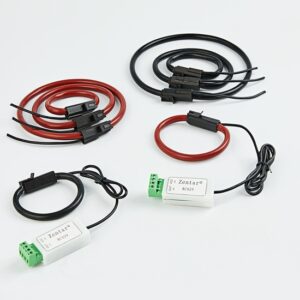According to media reports, the future research and development directions of electronic transformers include passive sensing, structural combination, functional reuse, and component standardization.
Abstract: According to media reports, the future research and development directions of electronic transformers include passive sensing, structural combination, functional reuse, and component standardization.
Keywords: Transformers, sensors
According to media reports, the future research and development directions of electronic transformers include passive sensing, structural combination, functional reuse, and component standardization.
Passive sensing: Due to the technical advantages of passive sensing, independent ECT sensing components will tend to be passive. This includes that active sensors will be self-powered and move towards quasi-nothing by getting rid of dependence on external sources. As a result, the average life cycle of electronic transformers will reach more than 10 years. The optical sensor is put into practical use by improving its measurement performance, simplifying the system structure, and reducing the cost.
Structural combination: Utilizing the advantages of electronic micropower and miniaturization, transformers are more combined in components such as transformers, fully enclosed combined electrical appliances, isolating knives and other combined electrical appliances, reducing land occupation and cost, and can also be promoted by function reuse The miniaturization and intelligence of the electrical appliance itself. While giving full play to their respective advantages, various solutions will also be combined with each other and complement each other. In addition to various independent and enclosed current-voltage combined transformers, in the next few years, LPCT/ROG-CT and optical Combination version of current transformer.
Function reuse: make full use of the advantages of data sharing, single-point testing, multi-point sharing, the transformer also provides different types of digital interfaces such as Goose, RS485, MU, etc., for sharing of multiple measurement and control equipment, reducing the repeated installation of transformers at multiple points , Make the equipment configuration more compact.
Standardization of components: The standardization of transformer components makes it universal and interchangeable. It can be used as a standard accessory “plug-in” to install in various primary equipment. Transformers from different manufacturers can be replaced and interchanged.




